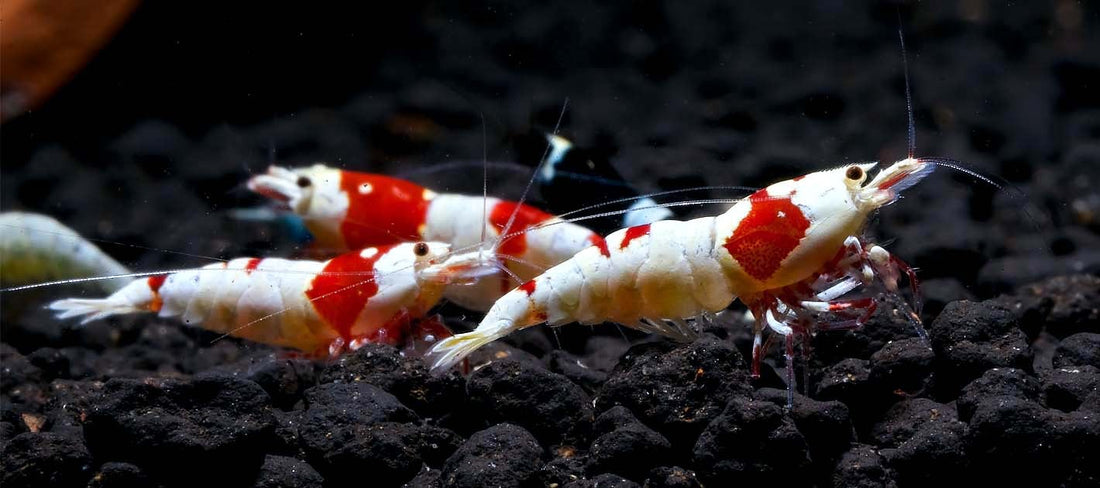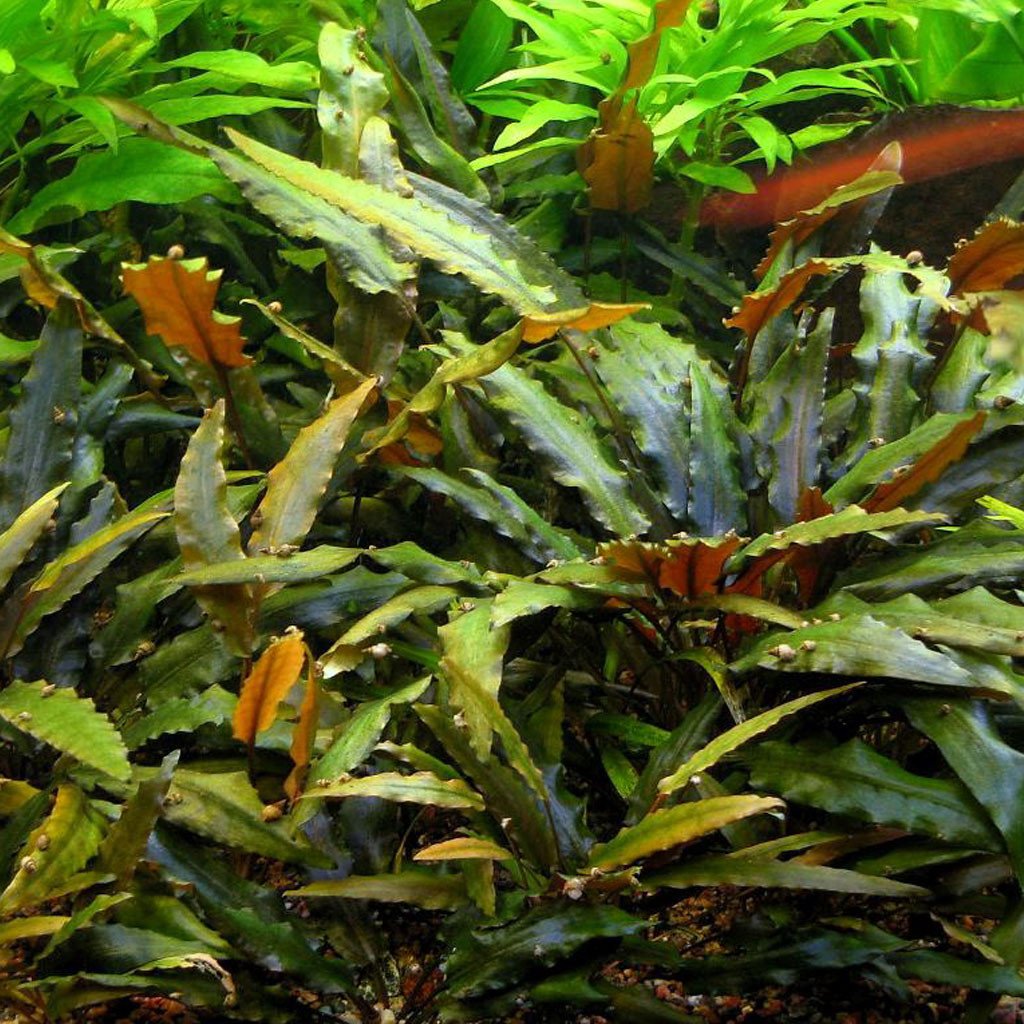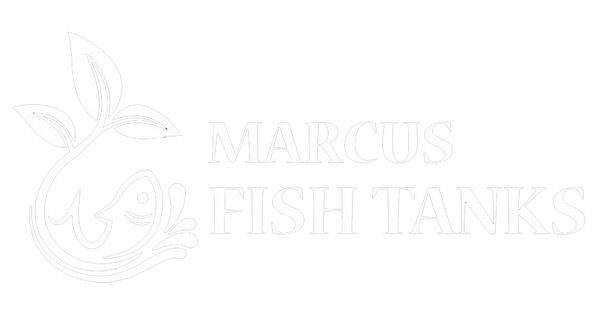
How to Keep Shrimp and Plants Together Without Issues
Shrimp and live plants make a perfect combination in an aquarium. Shrimp help keep plants clean by eating algae and detritus, while plants provide shelter and improve water quality. However, certain challenges—such as plant damage, water parameter imbalances, and shrimp sensitivity—can arise if their needs aren’t properly balanced. In this guide, we’ll cover everything you need to know to successfully keep shrimp and plants together in a thriving aquarium.

1. Choose Shrimp-Safe Plants
Not all plants are equally suited for a shrimp tank. Some plants shed excessive debris, while others require fertilizers that may contain harmful levels of copper. The best plants for shrimp tanks include:
- Java Moss & Christmas Moss – Provide excellent cover for baby shrimp and help with biofilm growth.
- Anubias & Bucephalandra – Hardy plants with thick leaves that won’t easily be damaged by shrimp activity.
- Cryptocoryne Wendtii – Slow-growing and shrimp-friendly, offering great hiding spots.
- Micranthemum Monte Carlo – A great carpeting plant that won’t trap shrimp like denser carpets of Dwarf Baby Tears might.
- Java Fern – A resilient, low-maintenance plant that adds greenery without high demands.
2. Maintain Stable Water Parameters
Shrimp, especially species like Cherry Shrimp (Neocaridina) and Crystal Red Shrimp (Caridina), are highly sensitive to water quality changes. Ideal parameters for both shrimp and plants include:
- Temperature: 72–78°F (22–26°C)
- pH: 6.5–7.5 (Neocaridina) or 5.8–6.8 (Caridina)
- GH/KH: 4–8 GH, 2–4 KH for optimal shrimp molting
- Ammonia/Nitrite: 0 ppm (Shrimp are extremely sensitive)
- Nitrate: Below 20 ppm (Higher levels can stress shrimp)
Regular water changes (20% weekly) and proper filtration help maintain stability.
3. Use Shrimp-Safe Fertilizers
Many aquarium plant fertilizers contain copper, which is toxic to shrimp in high concentrations. Instead, use Marcus Fish Tanks’ shrimp-safe fertilizers, which provide essential nutrients without harming your shrimp:
- MFT Root Tabs – Ideal for heavy root feeders like Cryptocorynes and Amazon Swords, delivering nutrients directly to the substrate.
- MFT All-in-One Liquid Fertilizer – A balanced, copper-free formula designed to nourish aquarium plants without endangering shrimp.
By using our fertilizers, you ensure healthy plant growth while keeping your shrimp colony safe.
4. Prevent Shrimp from Damaging Plants
Shrimp are primarily scavengers, but they may nibble on soft or decaying plant leaves. To prevent unwanted damage:
- Ensure proper feeding – Offer high-quality shrimp food and blanched vegetables (like spinach or zucchini) to prevent excessive foraging.
- Trim dead or melting leaves – Shrimp will eat decomposing plant matter, but excess decay can lead to ammonia spikes.
- Avoid delicate plants – Fine-leaved plants like Cabomba or Rotala may get uprooted or damaged by shrimp activity.
5. Provide Plenty of Hiding Spots
Shrimp need cover, especially when molting. A well-planted tank provides natural hiding places, but you can also add:
- Driftwood (Malaysian Driftwood, Spider Wood) – Encourages biofilm growth and provides shelter.
- Cholla Wood – A natural shrimp hideout that also grows beneficial biofilm.
- Moss Piles – Java Moss or Christmas Moss helps baby shrimp survive by offering dense protection.
6. Balance Lighting & Algae Growth
Shrimp love to graze on algae, but excessive algae can smother plants. To balance lighting:
- Use a timer – 6–8 hours of daily light helps prevent algae overgrowth.
- Add a clean-up crew – Nerite snails and Amano shrimp can help control algae alongside your main shrimp colony.
- Adjust CO₂ levels carefully – High CO₂ can suffocate shrimp, so ensure proper aeration if injecting CO₂ for plant growth.
Conclusion
By selecting the right plants, maintaining stable water conditions, using Marcus Fish Tanks’ shrimp-safe fertilizers, and providing ample hiding spots, you can create a balanced and thriving planted shrimp tank. With the right setup, shrimp and plants will complement each other beautifully, creating a stunning and self-sustaining ecosystem.
Shop MFT Shrimp Safe Plants!






